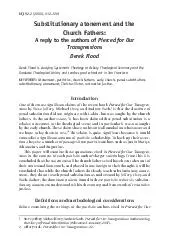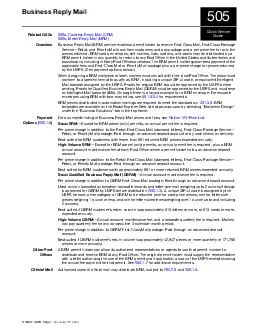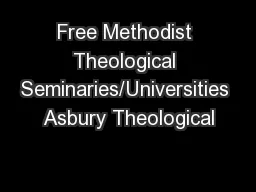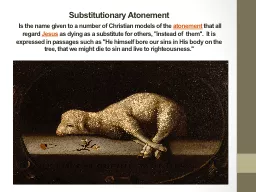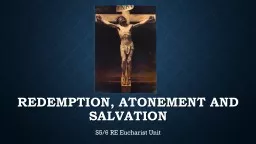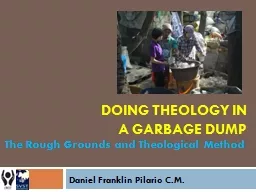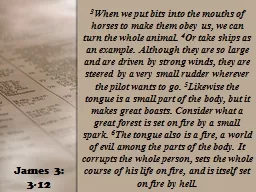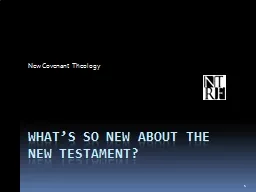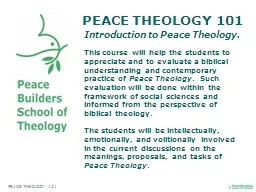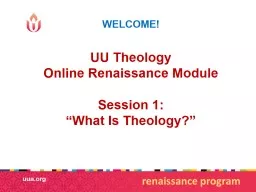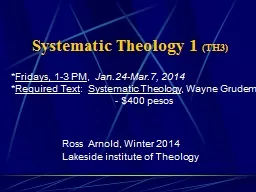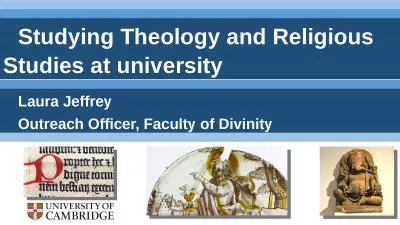PDF-Substitutionary atonement and the Church Fathers A reply to the authors of Pierced for
Author : luanne-stotts | Published Date : 2015-02-20
Introduction One of the most significant claims of the recent book Pierced for Our Transgres sions by Steve Jeffery Michael Ovey and Andrew Sach is that the doctrine
Presentation Embed Code
Download Presentation
Download Presentation The PPT/PDF document "Substitutionary atonement and the Church..." is the property of its rightful owner. Permission is granted to download and print the materials on this website for personal, non-commercial use only, and to display it on your personal computer provided you do not modify the materials and that you retain all copyright notices contained in the materials. By downloading content from our website, you accept the terms of this agreement.
Substitutionary atonement and the Church Fathers A reply to the authors of Pierced for: Transcript
Download Rules Of Document
"Substitutionary atonement and the Church Fathers A reply to the authors of Pierced for"The content belongs to its owner. You may download and print it for personal use, without modification, and keep all copyright notices. By downloading, you agree to these terms.
Related Documents

